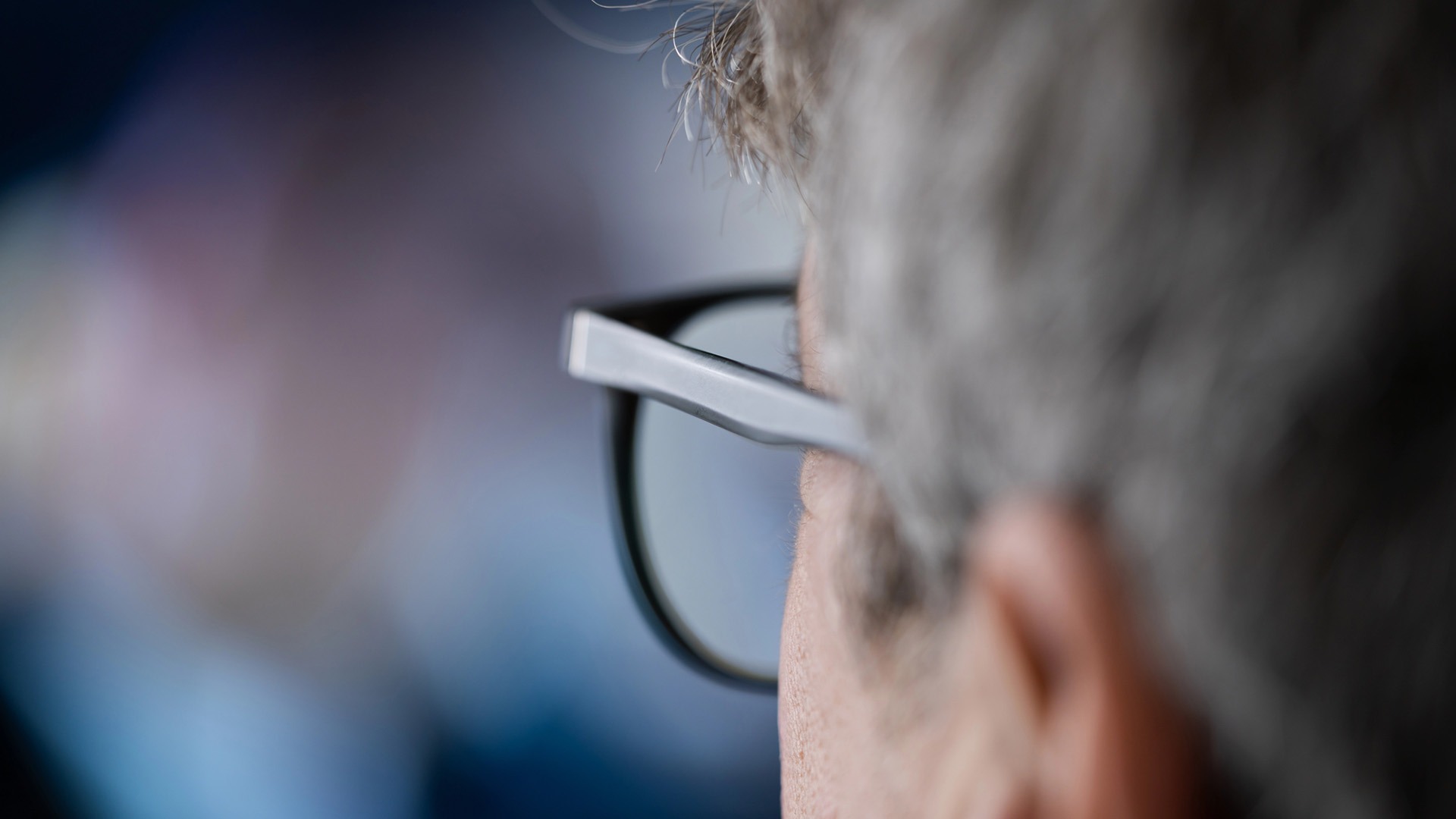Shopping habits change with smartphones
MMTC has been granted 1992 000 SEK to study how our shopping habits change with the use of smartphones.
Instagram pictures of your friend in two different shirts from a changing room. Music in your headphones while you shop. An app that holds your shopping list. Since the majority of Swedish consumers got smartphones, the way we shop at has changed. Mart Ots, director of the Media Management and Transformation Centre at Jönköping International Business School, is convinced of this.
“There has been much talking about e-commerce, how it will make physical shops unnecessary and unwanted. But that’s not going to happen. People like to shop. They want to be able to feel things before they buy them, and there is a social dimension”, says Mart.
Along with colleagues Benjamin Hartmann and Hamid Jafari he is about to take a closer look at the matter.
MMTC has been granted 1,992,000 kronor in research funds from The Swedish Retail and Wholesale Development Council. Mart and his team will study how our shopping behavior change with the use of smartphones – and how retailers can use this behavior to make the experience in the physical store something special. Instead of e-commerce taking over the world, we will meet a future where a digital dimension is added to the physical experience.
Many retailers already have smartphone apps. But what should the perfect app contain? Discount offers that buzz into to the phone when the location service detects that you’ve stepped into the store? Navigation help to assist you in finding your goods? Customized soundtracks that make you feel as if you are playing the role of shopper in a movie? The possibilities are endless. How will the retail industry know what to go for? And how quickly do consumers actually adopt new apps?
“The change from regular phones to smartphones has gone very fast and retailers themselves realize, that they must be prepared for a change. The future is not in print ads”, Mart says.
The project will begin in September and last for two years. Through surveys, interviews, observations of consumer behavior and studies of that behaviors’ effects on sales, the research team will identify how consumers view their shopping experiences. Here lies the key to how the retail industry can develop to meet the future.
“The phone has been ringing since the news about the money came. It’s obvious the industry is interested”, Mart says. “In retail, everyone is discussing these things right now”.




